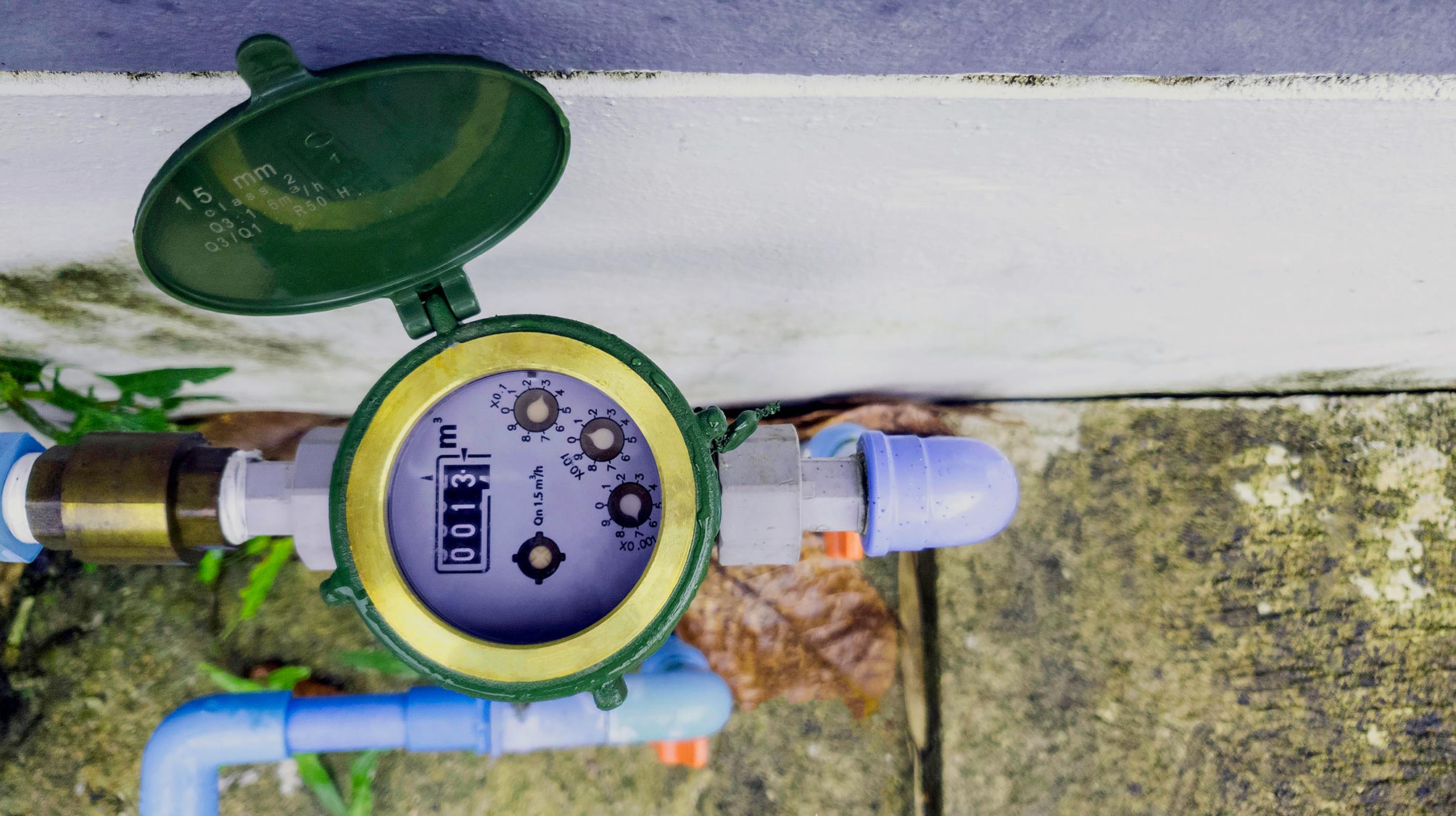Do I Check for Backflow in My Water?
Do I Check for Backflow in My Water?
Blog Article
Everyone is bound to have their own unique rationale with regards to Backflow Prevention.

Yes, you need to backflow test your home's supply of water to make sure that the water is without toxic substances as well as harmful levels of chemicals. You must not attempt to do backflow screening on your very own since of the devices required and also space for error. We advise that you call a specialist plumber every number of years to evaluate your water.
Heartburn Can Impact Both You and Your City
Due to the fact that hazardous backflow can affect the public water supply in enhancement to a single structure, several cities develop backflow standards. Luckily, modern-day cities have backflow tools in position that protect the water that comes from a lot of homes and business residential or commercial properties. The real threat originates from irrigation systems, which can damage the water with hazardous fertilizers, manure, as well as various other chemicals.
What Creates Heartburn?
A typical cause of heartburn is a loss of water stress that creates the water to siphon back right into the water supply. After some time, there is a loss in water stress and also the hose starts to draw the water back into the water supply. As you can picture, there are now chemicals from the paint that are going into the water supply, potentially presenting a danger.
Heartburn Screening is Needed by Regulation in Specific Cities
Relying on where you live, you may actually be required by law to backflow test your law. Iowa City keeps a record of all residential properties offered by the city's water supply. The city requires that specific "high-hazard" facilities go through backflow testing. In some cases, residential properties such as homes and apartment buildings are influenced.
You Can Avoid Heartburn
The major function of a heartburn device is to protect against water from streaming backward into your water supply. Plumbings mount the tool on the pipes in your home to guarantee that the water only streams in the correct direction.
What is Backflow?
In other words, heartburn is when water moves upwards-- the contrary instructions in the plumbing system. This is also referred to as "backpressure." When the water moves in this direction, it can mix with dangerous toxins and also pose a risk.
Call a Plumber to Check for Heartburn Before It is Too Late
A plumbing company can rapidly examine your residence's water to determine if there are any kind of unsafe chemical levels. And also if you do uncover that your water has high degrees of toxins, a plumber can quickly set up a backflow avoidance tool.
Yes, you require to backflow examination your home's water supply to make sure that the water is complimentary of toxins and damaging levels of chemicals. Several cities establish backflow standards since dangerous backflow can impact the public water supply in enhancement to a solitary building. A regular reason of heartburn is a loss of water stress that creates the water to siphon back right into the water supply. After some time, there is a loss in water pressure as well as the hose pipe starts to draw the water back into the water supply. The major objective of a backflow device is to avoid water from flowing in reverse into your water supply.
WHY DOES BACKFLOW TESTING NEED TO BE DONE EVERY YEAR
What Is Backflow?
Toxic gas backing up into a building is one example of potential backflow issues, but backflow can occur in many other ways.
Backflow is generally referred to as the reversal of a liquid or gas in a plumbing system.
Most issues for the public occur with backflow resulting in contaminated drinking water. If you look up backflow issues online you’ll probably find references to “potable” water. That means drinking water.
There have been backflow issues in the past with drinking water. Chemicals, sewage and other contaminants have found their way into drinking water causing health issues for those that count on the fresh water.
What Causes Backflow?
In a residence or commercial building water generally flows one way. This normal flow is usually driven by consistent pressure in the water and waste system.
Anything that changes the normal pressure in the system can lead to backflow.
Fire hydrant use or malfunction can reverse the normal pressure in the system on a city line, but backflow can occur in a number of different ways.
Sometimes backpressure might be caused by someone using a garden hose and submerging the end of the hose in a pool of liquid. If pressure is lost the flow could reverse and contaminants could be released into the drinking water.
Anytime there is a connection between contaminants and the drinking water there is potential for a backflow issue. Sometimes these connections are not immediately obvious like the garden hose connecting to a building’s drinking water supply.
Backflow Regulations
The Environmental Protection Agency (EPA) provides guidelines and regulations for state and local governments regarding backflow. State and local governments also have their own guidelines and regulations for backflow prevention.
Arizona has its own backflow regulations.
Due to issues with backflow in the past, regulations require backflow preventer devices to be used in nearly all residential and commercial buildings.
A backflow preventer is a device that prevents backflow as cross-connection points where potential backflow issues may occur.
While backflow is not a common occurrence, preventers are in place to make sure there is no contamination should something malfunction or go wrong with a building’s water supply.

We were introduced to that write-up on Is backflow testing necessary? through a good friend on another web blog. Liked our blog posting? Please share it. Help other people find it. Thanks so much for taking the time to read it.
Call Today
Report this page